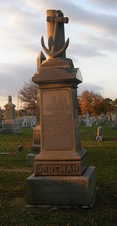 The beach is the perfect vacation spot for many of us. There are many factors at its core, having virtually nothing to do with additional recreational perks such as boardwalks, seafood, water slides, miniature-golf, or caramel popcorn. The true essence of “salt life” for beachcombers includes several sensory experiences—feeling the warmth of the sun, sand and soft breezes; smelling the rich salt air; hearing seagulls sing against the background of a lapping surf; and most importantly, the sight of cresting waves tumbling over themselves. And this doesn’t even account for the joy of actually getting in the water. Doctors and psychologists have praised the recuperative powers of visiting the ocean. Some have even commented on the body’s return to water as being a key factor. With 60% of our body made up of H2O, the natural pull toward the beach could have ties to evolution. As many are drawn to the sea, visitors to Mount Olivet are often drawn to one particular monument which stands out like a buoy in a surrounding “sea of gravestones.” It belongs to H. D. Ordeman and is adorned with nautical imagery, however you won’t find any sand, warm salt-air or waves. You will find an etching of a clipper ship on the front face, and topped with an anchor. There exist many examples of grave monuments with anchors in the cemetery, but this one has a true connection to the ocean, where many others have the anchor as an iconic, religious symbol representing hope. This was a popular gravestone adornment utilized during the Victorian era. The Catholic Encyclopedia explains:  “The anchor, because of the great importance in navigation, was regarded in ancient times as a symbol of safety. The Christians therefore, in adopting the anchor as a symbol of hope in future existence, merely gave a new and higher significance to a familiar emblem. In the teachings of Christianity, the virtue of hope occupies a place of great importance; Christ is the unfailing hope of all who believe in Him. St. Peter, St. Paul, and several of the early Fathers speak in this sense, but the Epistle to the Hebrews for the first time connects the idea of hope with the symbol of the anchor. The writers says that we have "Hope" set before us "as an anchor of the soul, sure and firm" (Hebrews 6:19-20). The hope here spoken of is obviously not concerned with earthly, but with heavenly things, and the anchor as a Christian symbol, consequently, relates only to the hope of salvation. It ranks among the most ancient of Christian symbols. St. Ambrose evidently had this symbol in mind when he wrote (In. Ep. ad Hebrews 6): "As the anchor thrown from a ship prevents this from being borne about, but holds it securely, so faith, strengthened by hope," etc.” In respect to a “nautical practicality” explanation, the anchor was a popular symbol because it was not only part of a ship, but because, just like Christians, sailors liked the connection this symbol had to stability and strength. Putting down an anchor also represented the safe end of a long journey—a very fitting punctuation mark for a past life memorialized at a cemetery. The Captain Herman Dietrich Ordeman(n) has been described as “a highly respected, honorable and handsome gentleman, loved by everybody.” This compliment came from his son-in law and Frederick merchant John E. Price. More important to our story here is the fact that Ordeman was a sea captain who spent 39 years in his particular trade before retiring to Frederick County in the mid 1850’s. Richard "Skip" Ordeman, a direct descendant of Captain Ordeman, of Oakwood, Ohio was kind enough to pass on some biographical information. This was compiled by two of the mariner’s grandsons. Capt. Herman Ordeman was a native of Bremen, Germany. Born November 30th, 1812, his life was greatly influenced by his old hometown. Bremen is the second most populated city in northern Germany and stands as a renowned commercial and industrial hub with a major port on the River Weser. 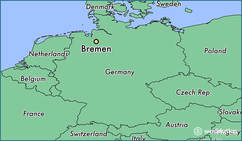 Bremen’s geographical location is 37 miles south of the mouth of the Weser on the North Sea. Just prior to Herman D. Ordeman’s birth, Napolean invaded Bremen in 1811 and integrated it as the capital of the Department of the Mouths of the Weser (within the new French State). In 1813, the French retreated and withdrew from Bremen. It soon became a sovereign republic. The first German steamship was manufactured in 1817 in the Bremen shipyard of Johann Lange. Ten years later, Bremen mayor, Johann Smidt, purchased land from the Kingdom of Hanover, to establish the city of Bremerhaven (Port of Bremen) as an outpost of Bremen because the river Weser was silting up. The shipping industry continued to blossom. Herman Dietrich Ordeman was the son of Heinrich Ordemann and Gesche Margrete Helmers. He attended primary schools in the village of Hunterbrueck (located northwest of Bremen) and a secondary school (likely in Bremen). Young Henry left school and went to nearby Berne, Germany (a few miles from Hunterbrueck) in order to escape compulsory military training. Then about 16 years old, he apprenticed on a sailing vessel and made his first trip. This was to the United States—Baltimore, Maryland. For the next five years, Ordeman climbed the ladder quickly, sailing as a seaman, third officer, second officer and first officer between practically every major port in Europe and North America. 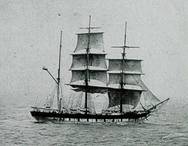 In 1835, Herman Ordeman settled in Baltimore and began the process of becoming a naturalized US citizen. He would later accomplish this task in 1840, a week after his 28th birthday. As first officer on the barque John A. Robb, Ordeman sailed from Baltimore to Valparaiso, Chile and on his return in 1836 received his masters papers “for all oceans, all tonnages”. Later he commanded the barkentine Alexandria, schooner Henry A. Barling, barque Texadora (later Buena Vista), barque Aleyandra (built in Chile) and the barque George A. Henry. The latter two ships were registered under the Chilean flag. Herman D. Ordeman’s first love was the sea, but his second soon became a Parisian transplant named Catherine Schmaul (b. 1818 d. 1889). The couple would be wed in Baltimore on September 13th, 1838, and went on to become the parents of seven children (John Ordeman 1839-1904), Charles Henry Ordeman (1840-1862), Georgianna Ordeman (1848-1891), Daniel Thomas Ordeman Sr. (1848-1907), Mary Catherine Ordeman (1850-1932), Emma O. Ordeman (Hughes) (1855-1941), and Frederick A. Ordeman (1857-1924). Capt. Ordeman soon owned two ships that sailed internationally. Advertisements in vintage papers show him sailing to Liverpool, England and visiting American ports including Boston, New York, Philadelphia, Charleston and New Orleans. It has been said that the majority of his latter career was spent traveling between Baltimore and the west coast of South America, rounding Cape Horn twice a year. He sailed into places such as Santa Cruz and Rio de Janiero, Argentina and Talcahuano, Chile. He carried passengers, mail and such things as guano for fertilizer. 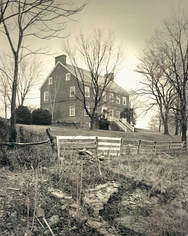 "Montevino" "Montevino" Dropping Anchor in Frederick In 1856, the good captain decided to move inland from his home in Baltimore. Capt. Ordeman moved to the vicinity of Park Mills (namesake of Park Mills Road) in the Urbana District of southeastern Frederick County. He purchased a farm containing 335 acres. This property wasn’t far from water, as it was located on the south side of Bennett’s Creek. He also owned a parcel on the north side of the creek of 30 acres on which stood a grist mill. A pot still distillery was added to the mill site in 1858, and for many years operated at a capacity of 175 gallons per day. The whiskey was said to have been carted to Frederick Junction on the Baltimore and Ohio Railroad and shipped to Baltimore for storage in bonded warehouse. Capt. Ordeman would add to his real estate holdings a few years later in 1858 by purchasing an adjoining parcel that boasted a direct connection to his hometown of Bremen. This was the John Frederick Amelung property named Montevino, consisting of 1200 acres on the north side of Bennett’s Creek. The 100-room Georgian manor house was constructed by Amelung around 1784-85 as part of his New Bremen Glassworks operation. John Frederick Amelung was born and raised in Bremen, Germany. He had arrived in Baltimore in 1784, with 68 workers and enough glassmaking equipment to establish a factory. An agent and 14 additional workers arrived later in the year, and the group quickly established their New Bremen settlement and glass factory upon Bennett’s Creek. An early Colonial era pioneer in this endeavor, John Amelung is credited with producing “some of the most beautiful glass ever made in America.” He had agents in Baltimore and New York, but his fortunes came to a halt less than a decade later as Amelung declared bankruptcy. Fine examples of New Bremen glass work can be seen at the Metropolitan Museum of Art in New York City; the Corning Museum of Glass in Corning, New York; and Winterthur Museum in Winterthur, Delaware. Herman D. Ordeman preferred to keep residence on his original purchased parcel, as he came into Amelung’s Motevino at a time when it was in a bad state of repair. He leased out farm shares from 1860 until the early 90's with several tenant families living in the old building. About 1893 the farm was taken over by the captain’s youngest son, Frederick A. Ordeman, and farmed by him until his death in 1924." From the time he was made a shipmaster, he shared ownership in the vessels he commanded. On his retirement from shipping he owned the Aleyandria and seventy percent of the George and Henry. He disposed of all interests except forty percent of the Aleyandria which he held until 1860. 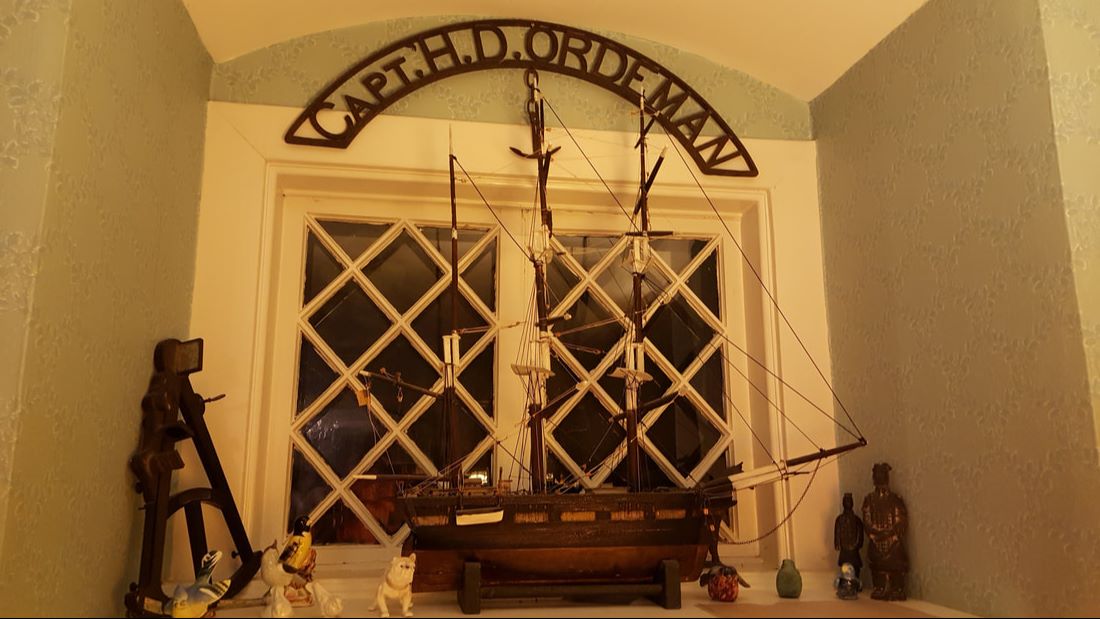 Descendant Skip Ordeman's home-based shrine to ancestor Capt. H. D. Ordeman featuring a model of the Aleyandra (one of captain's last ships) and a wrought-iron nameplate that once adorned a fence in the backyard of a (Ordeman) family property outside of Frederick City. He surmises this could be a relic from an earlier ornamental fence that once surrounded the Ordeman grave lot (Area A/Lot 120) in Mount Olivet Capt. Ordeman was now content to live the life of a country gentleman and farmer. He might have left the ocean, but the ocean had never left him. Family, friends and neighbors would be thoroughly entertained by the captain’s telling of seafaring tales and adventures. One such was William Jarboe Grove (1854-1937), author of The History of Carrollton Manor. In this book, written in 1925, Grove recounts: "As a boy it was very interesting for me to hear him tell my father his experiences on the ocean. He was a jovial character and a splendid talker. His son Fred and grandchildren live in Frederick. Mr. Ordeman was a Southern sympathizer and his sons, John and Charles, served in the Confederate army.” Herman D. Ordeman was active in local affairs and politics, running for Frederick County commissioner in 1873. He was a member of the Frederick Odd Fellows Chapter as well. In early 1883, Capt. Ordeman began feeling the effects of a stomach tumor. It was cancer. He battled this affliction for 18 months before succumbing on September 12th, 1884. He was laid to rest in Mount Olivet Cemetery the next day, his funeral well-attended by family and the many friends and acquaintances, quickly made, in his new home of Frederick. The old captain was placed next to the grave of his brother, John Frederick Ordeman (1816-1858), who had passed 26 years earlier. He, too, was a man of the sea, making regular trips from Germany to Baltimore from the 1830’s through the 1850’s. I guess you could say, Mount Olivet serves as the final port of call for these brothers from Bremen.
2 Comments
Lee Ordeman
8/21/2017 11:42:12 am
Thanks so much for this engaging, well written and researched article about my great-great grandfather. Your contribution to our family's historical narrative and understanding of it is very much appreciated. We plan something of a reunion this fall in the Frederick area and this will give some context to a pilgrimage to Mount Olivet.
Reply
Lynne Price
8/21/2017 03:44:52 pm
I second my cousin Lee's comments abou this wonderful article. My great grandmother Price was Captain Ordeman's daughter Mary Catherine. I look forward to meeting you this fall when you come to Frederick.
Reply
Leave a Reply. |
STORIES
|
Archives
July 2024
June 2024
May 2024
April 2024
March 2024
February 2024
January 2024
December 2023
November 2023
September 2023
August 2023
July 2023
June 2023
May 2023
April 2023
March 2023
February 2023
January 2023
December 2022
November 2022
October 2022
September 2022
August 2022
July 2022
June 2022
May 2022
April 2022
March 2022
February 2022
January 2022
December 2021
November 2021
October 2021
September 2021
August 2021
July 2021
June 2021
May 2021
April 2021
March 2021
February 2021
January 2021
December 2020
November 2020
October 2020
September 2020
August 2020
July 2020
June 2020
May 2020
April 2020
March 2020
February 2020
January 2020
December 2019
November 2019
October 2019
September 2019
August 2019
July 2019
June 2019
May 2019
April 2019
March 2019
February 2019
January 2019
December 2018
November 2018
October 2018
September 2018
August 2018
July 2018
June 2018
May 2018
April 2018
March 2018
February 2018
January 2018
December 2017
November 2017
October 2017
September 2017
August 2017
July 2017
June 2017
May 2017
April 2017
March 2017
February 2017
January 2017
December 2016
November 2016


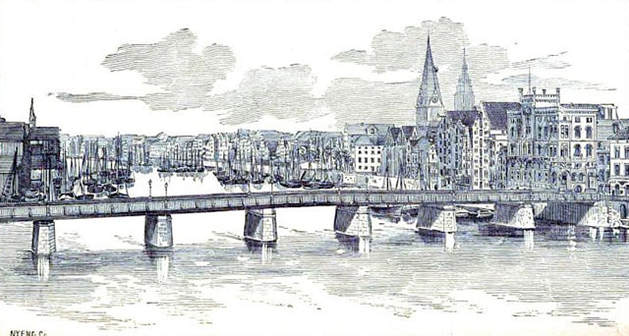
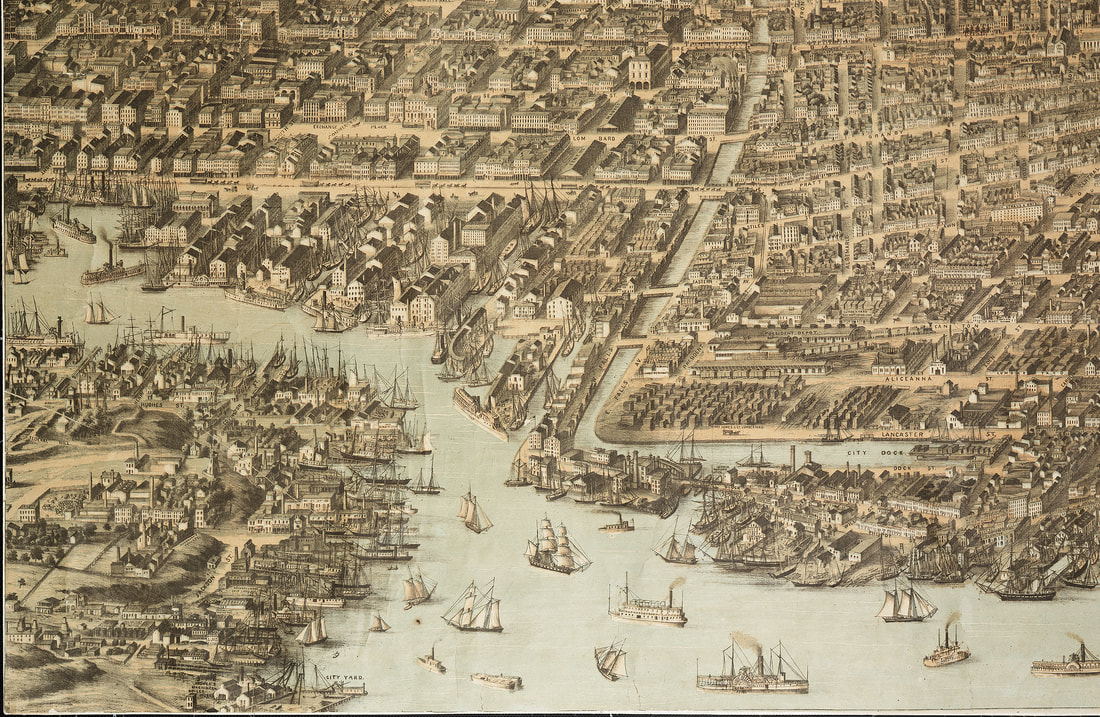


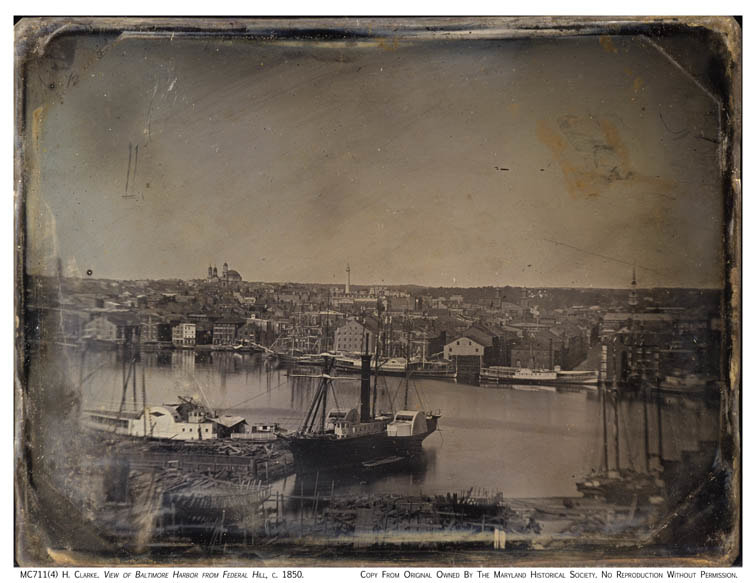
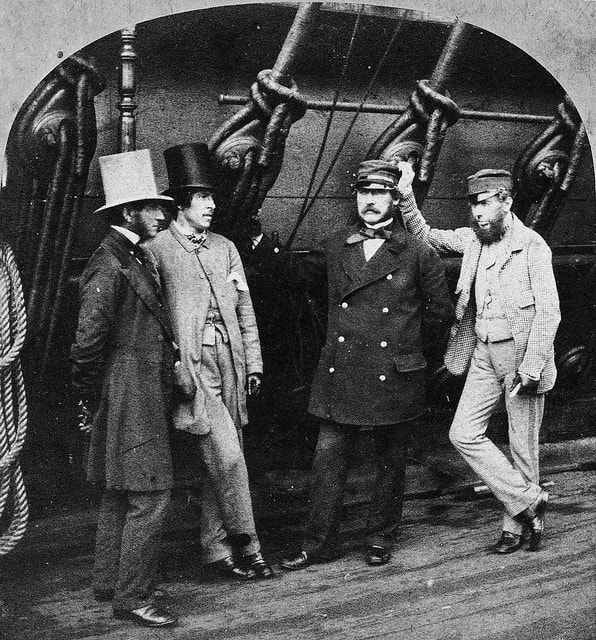

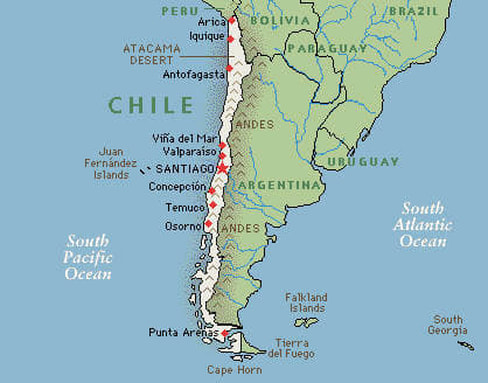

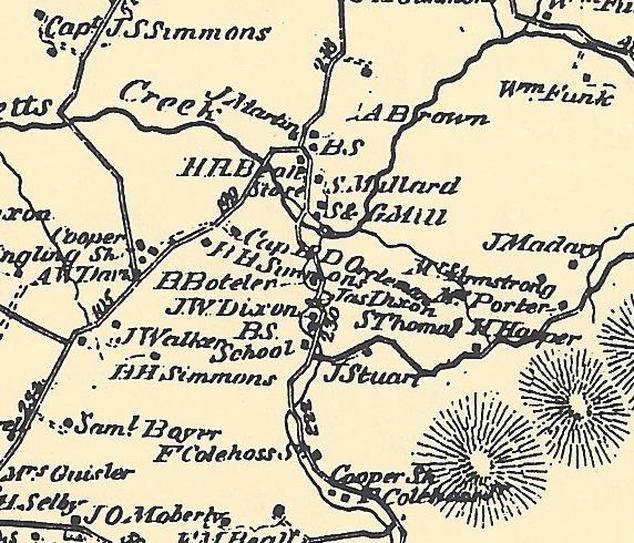
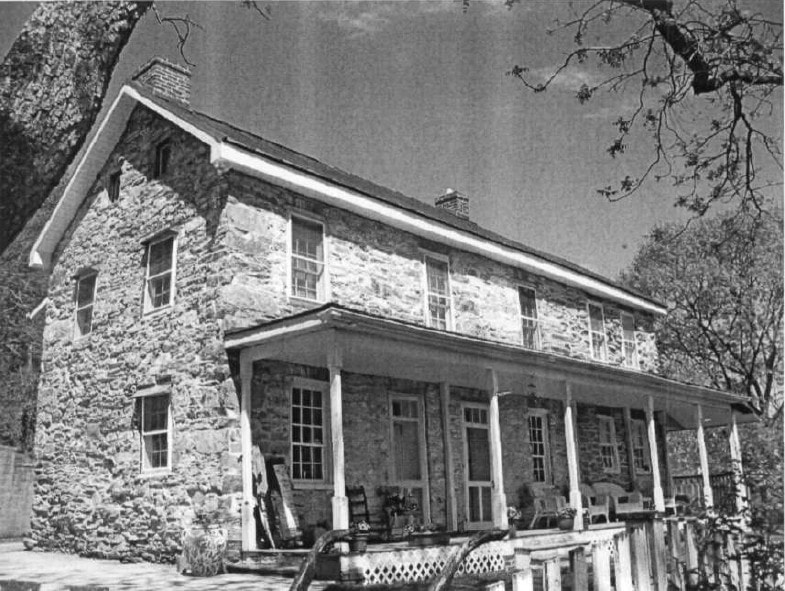
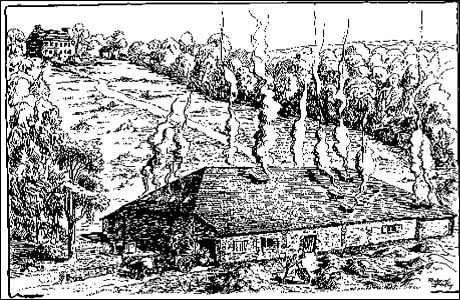
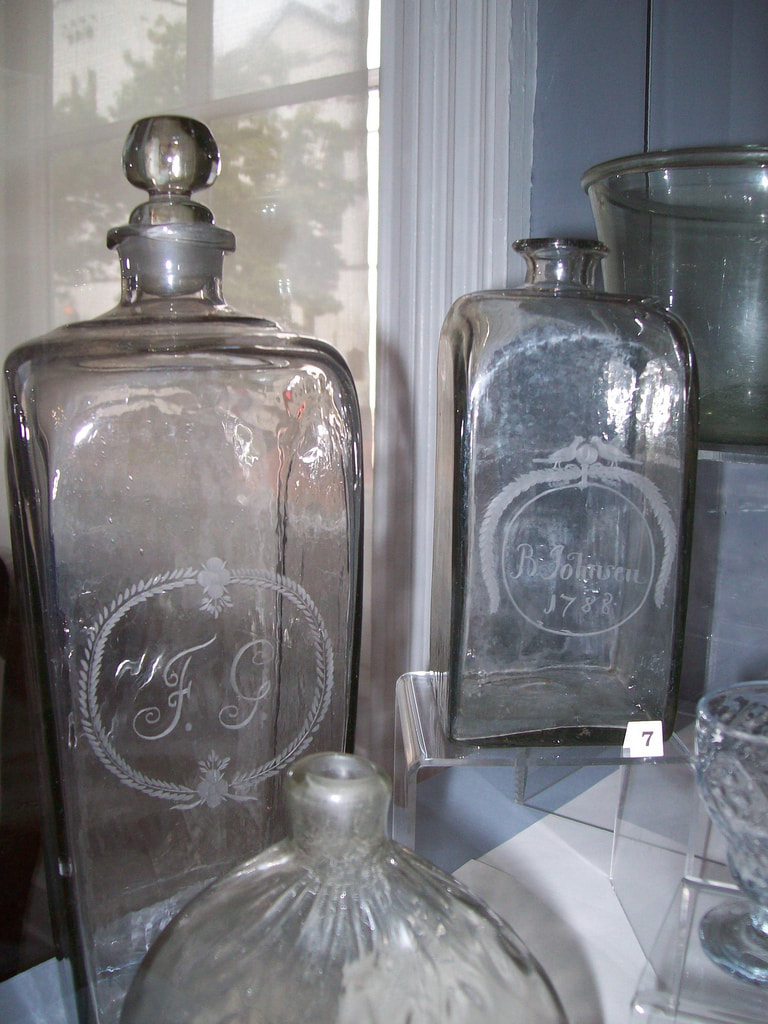
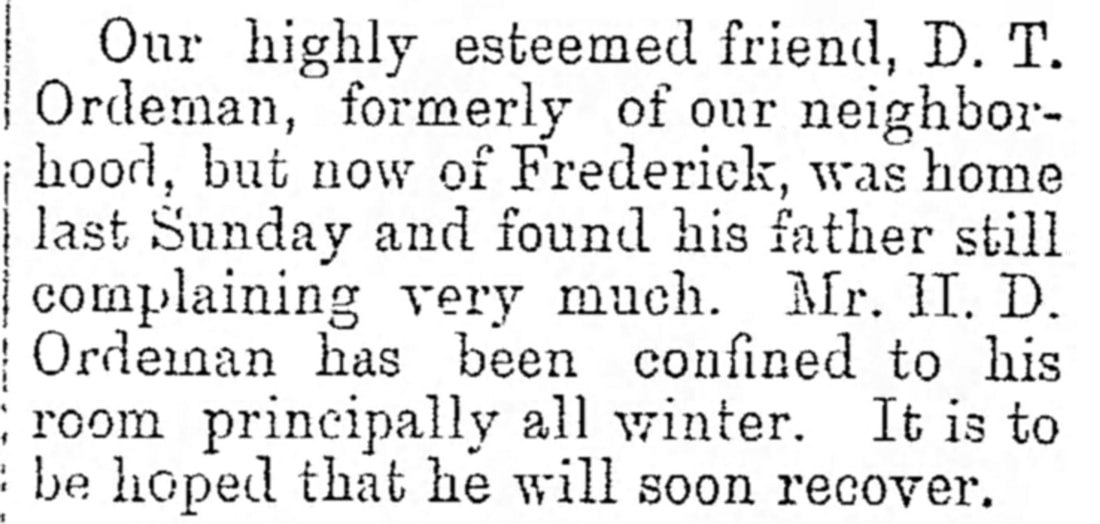
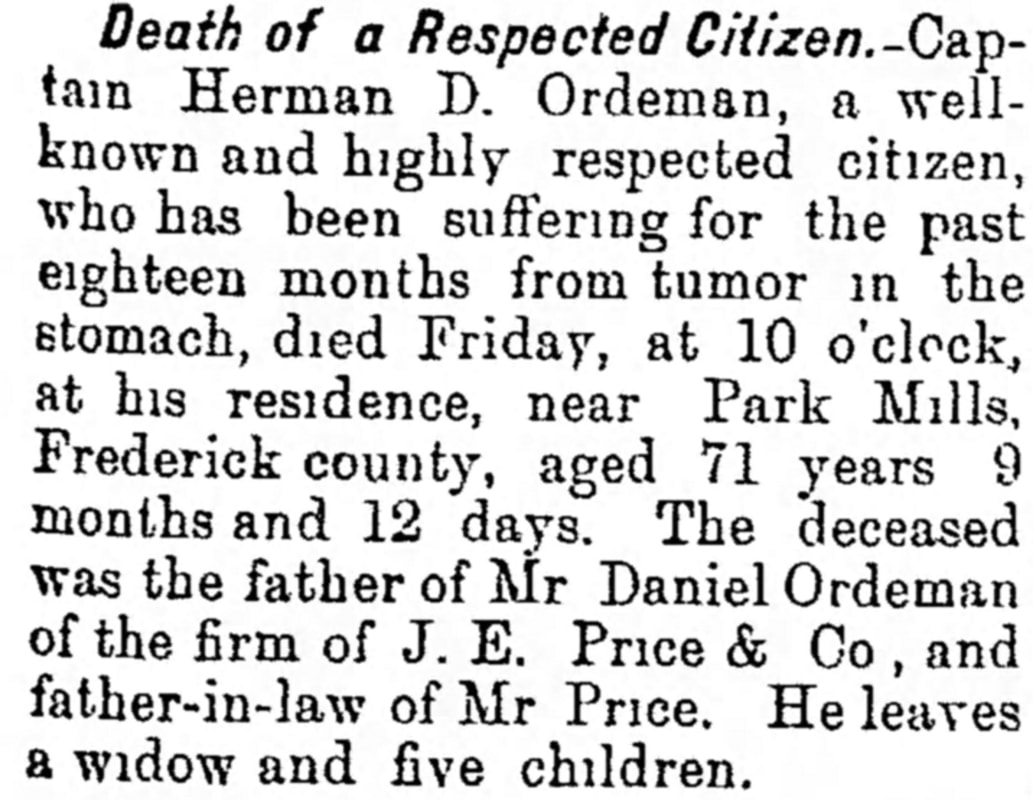
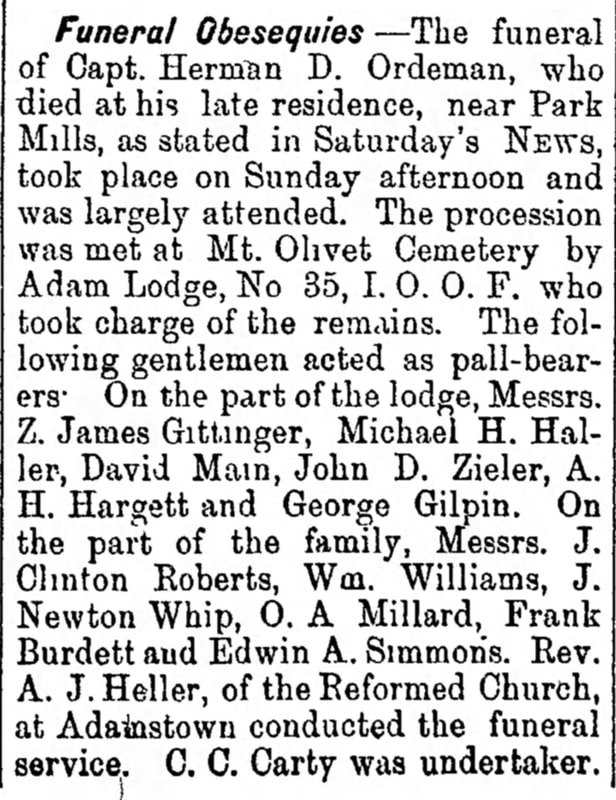
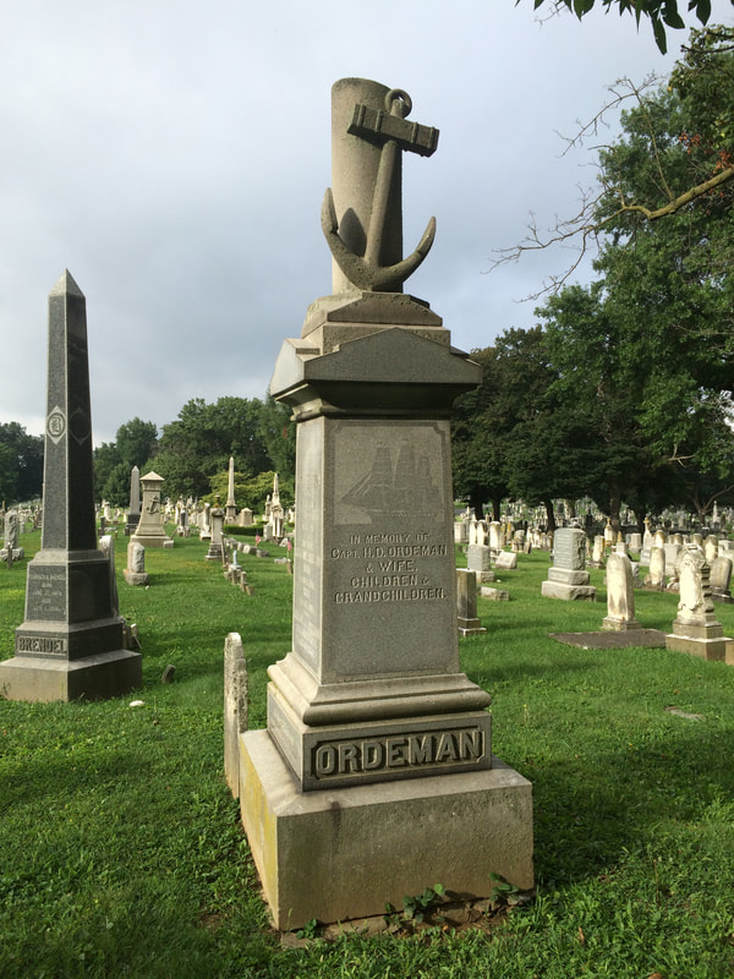
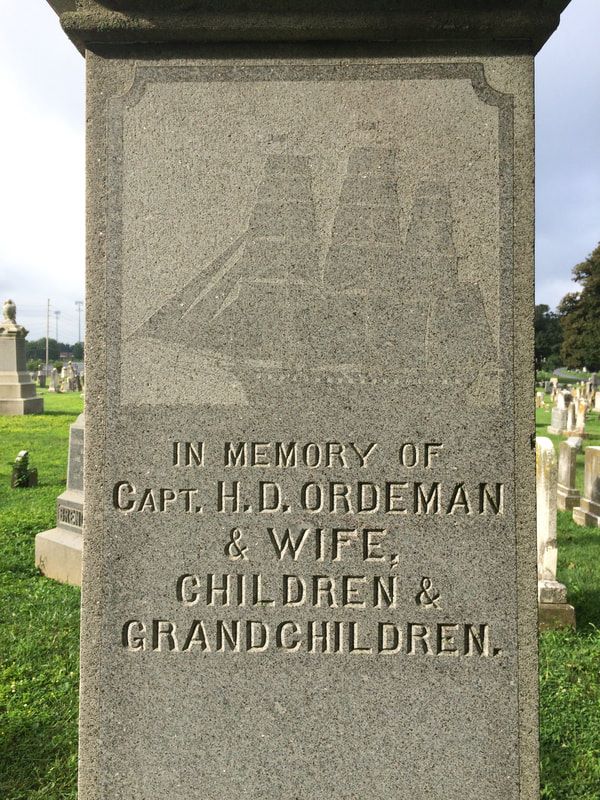
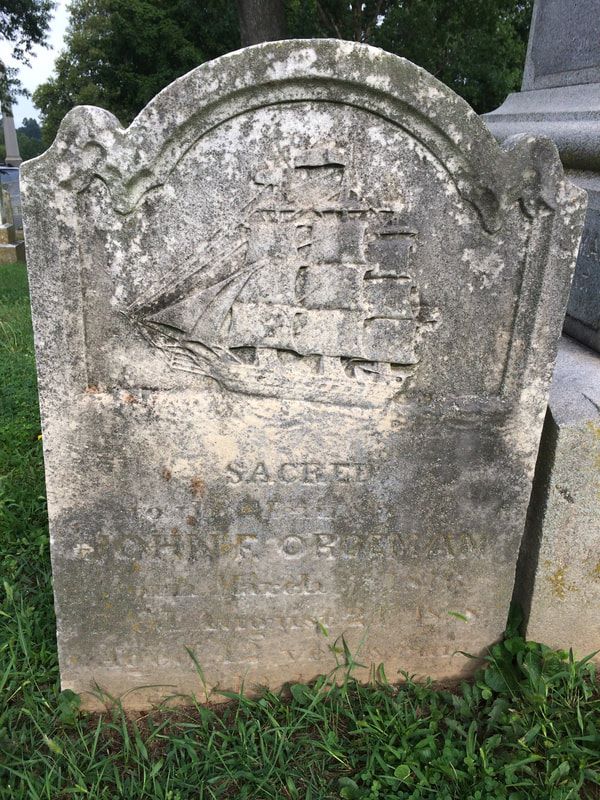

 RSS Feed
RSS Feed